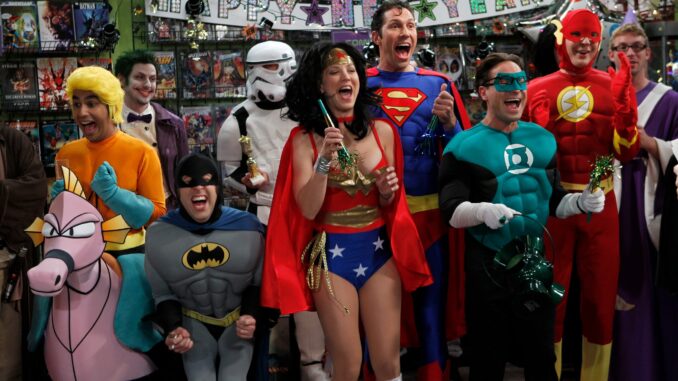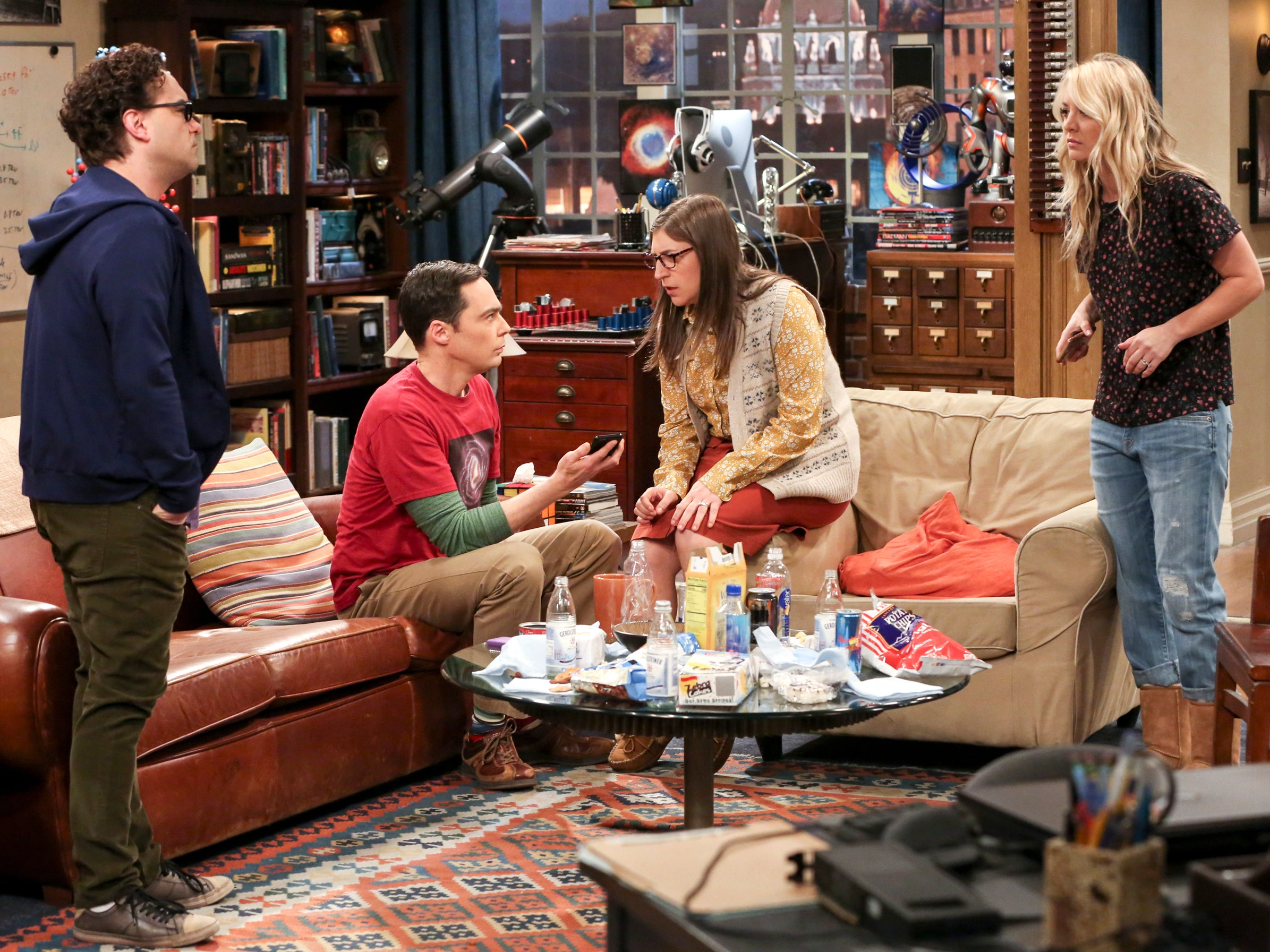
A Sitcom That Made Science Cool
When The Big Bang Theory first premiered in 2007, few expected a sitcom about physicists and engineers to become one of the most successful and long-running comedy series on television. Yet, over twelve seasons, the show not only delivered laughs but also managed to bring a new kind of character into mainstream pop culture — the unapologetic nerd. Through the lives of Sheldon, Leonard, Raj, and Howard, The Big Bang Theory shifted perceptions and gave audiences a new lens through which to view intelligence, passion, and social awkwardness.
The Rise of the Lovable Geek
Before The Big Bang Theory, most nerds on TV were side characters — comic relief, awkward lab assistants, or background figures. Chuck Lorre and Bill Prady flipped that trope by putting them at the center. Leonard Hofstadter (Johnny Galecki) and Sheldon Cooper (Jim Parsons), both Caltech physicists, live together and navigate their professional and personal lives with a mix of intellect and cluelessness. Their friends Howard Wolowitz (Simon Helberg), a MIT-trained engineer, and Raj Koothrappali (Kunal Nayyar), an astrophysicist with selective mutism, complete the original quartet.
Rather than mock their eccentricities, the show embraced them. Sheldon’s love for trains, comic books, and theoretical physics became running gags but also points of depth. Leonard’s romantic awkwardness made him relatable, and Raj’s inability to speak to women (at least in early seasons) was a humorous but humanizing flaw.
Science Meets Prime-Time

What set The Big Bang Theory apart was its commitment to scientific accuracy. The show had a physicist consultant, David Saltzberg, who ensured that the equations on whiteboards were correct, and the scientific discussions — though simplified — were grounded in real-world research. The series even included cameos from prominent scientists like Stephen Hawking, Neil deGrasse Tyson, and Bill Nye. Perhaps most notably, real-life physicist and Nobel Prize winner Kip Thorne contributed ideas to the script.
This dedication didn’t go unnoticed. Many fans, especially those in scientific fields, praised the show for its portrayal of STEM careers. It helped demystify science and sparked interest in physics, engineering, and technology among younger viewers.
The Addition of Penny and the Evolution of the Group
The show didn’t rely solely on its male nerd ensemble. Penny (Kaley Cuoco), the aspiring actress and neighbor, played a vital role in bridging the gap between the highly intellectual and the socially grounded. Her dynamic with Leonard created one of the central romantic arcs, and her gradual integration into the group helped soften the stereotype of the “dumb blonde.” Over time, Penny evolved into a confident, successful pharmaceutical rep, proving that character development was just as important as punchlines.
Other female leads added depth and balance. Amy Farrah Fowler (Mayim Bialik), a neurobiologist and Sheldon’s eventual partner, and Bernadette Rostenkowski (Melissa Rauch), a microbiologist with a powerful voice (literally and figuratively), gave the show more texture. They were brilliant in their fields, unapologetically smart, and added new layers to the storylines, especially in later seasons.
Humor That Grew with the Characters
Early seasons often leaned on jokes about social ineptitude, scientific jargon, and pop culture references. But as the characters matured, so did the writing. By season six, viewers saw deeper emotional arcs — like Howard coping with the loss of his mother, Raj overcoming his communication struggles, and Sheldon and Amy’s slow-burning love story.
This evolution helped maintain the show’s appeal across twelve seasons. It was no longer just about nerd culture — it became a story of friendships, relationships, and the challenges of adult life, told through a unique comedic lens.
A Lasting Legacy
The Big Bang Theory ended in 2019 with over 270 episodes and a legacy as one of the highest-rated sitcoms of the 21st century. Its success paved the way for other STEM-centric media and helped change the public’s perception of scientists and engineers. It also left behind a cultural footprint — from “Bazinga!” T-shirts to a surge in interest in physics and geek culture.
Perhaps most importantly, the show demonstrated that intelligence doesn’t have to be intimidating or boring. It can be funny, awkward, romantic, and deeply human. By laughing with — not at — its characters, The Big Bang Theory gave a voice to a group of people rarely spotlighted on TV, and it did so with heart.
